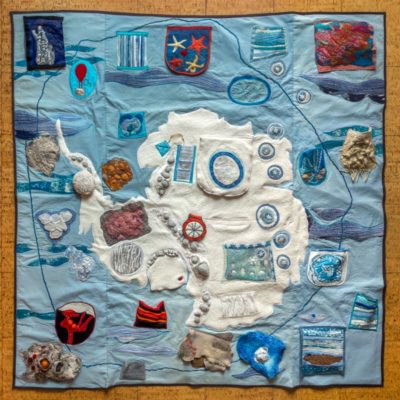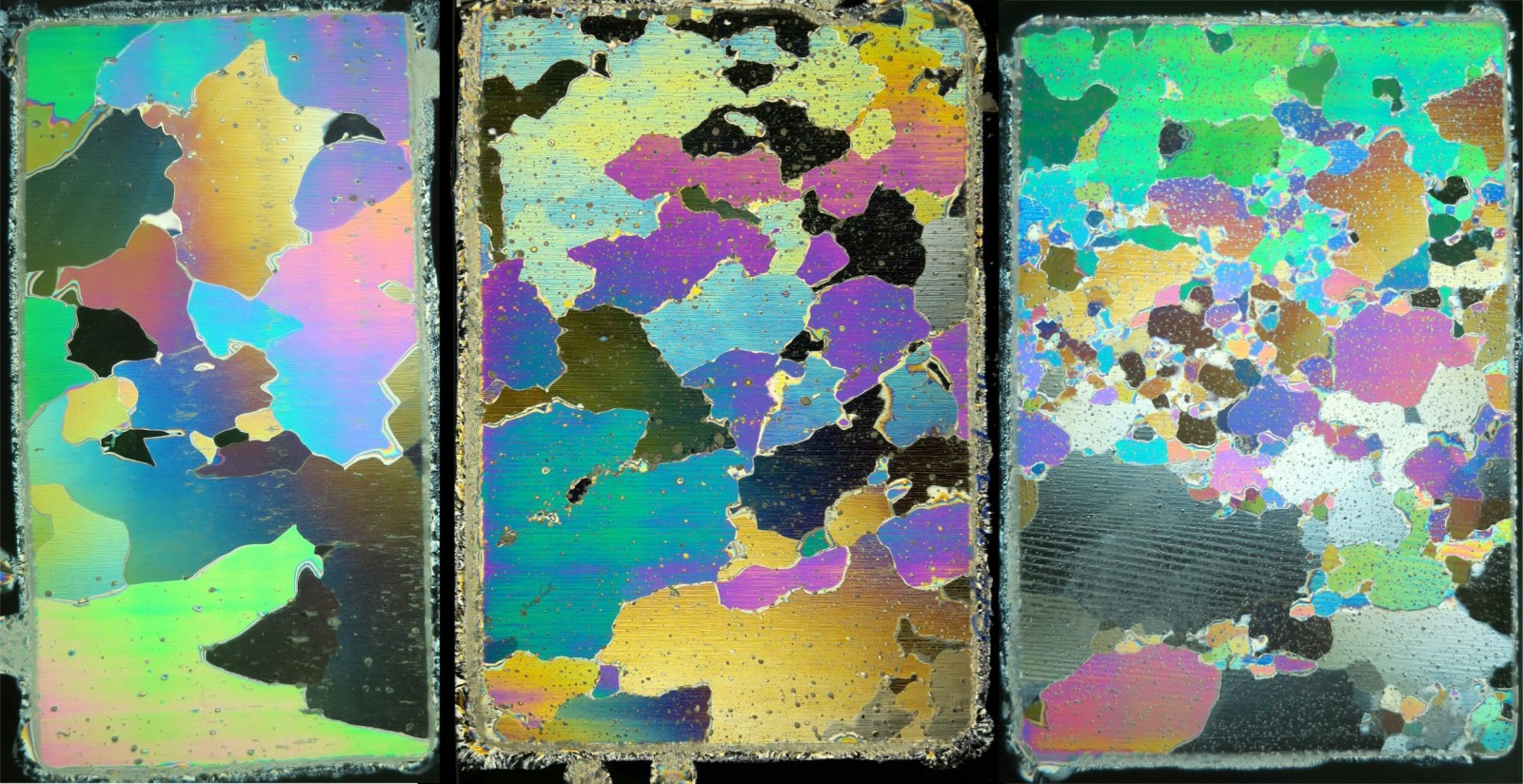One of the first things school children learn is that ice is a solid, and forms by freezing water. Most people think of ice as brittle–have you ever dropped a slippery ice cube on the kitchen floor, and watch it break and shatter into many pieces? It may be surprising, then, to find that ice can also stretch and squeeze, like a ball of pizza dough! Once deformed, ice is then softer in certai ...[Read More]
The softness of ice, how we measure it, and why it matters for sea level rise

Figure: The Scott Polar Research Institute’s beautiful fabric maps show that Antarctica is composed of the combination of many different aspects, including snow, rocks, volcanoes, and biological life. Although the fabric of ice does not refer to material textiles, the analogy is similar in that ice fabric represents the physical composite of all its constituent ice crystals. [Image credit: Derek Langley / Naomi Chapman (SPRI University of Cambridge)]

